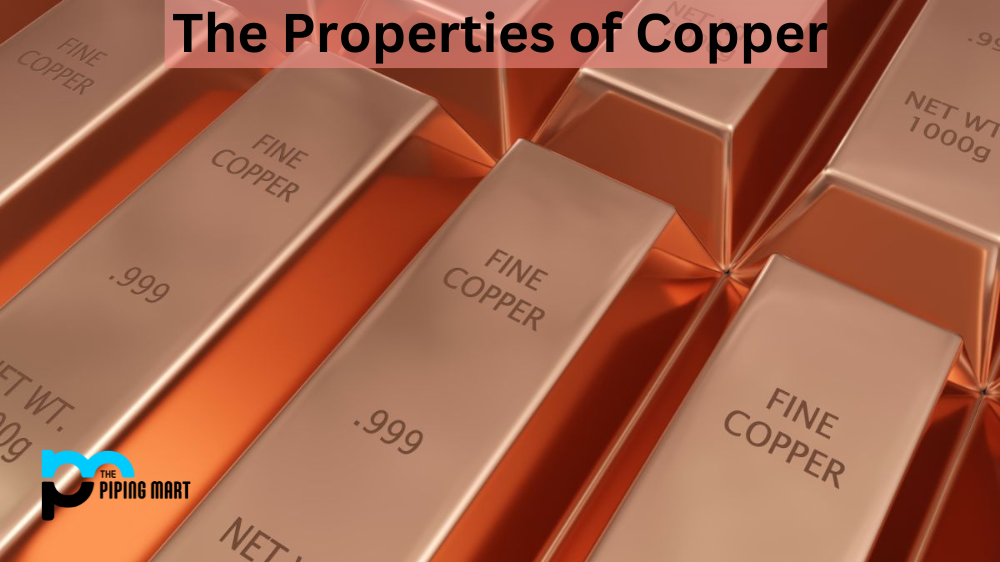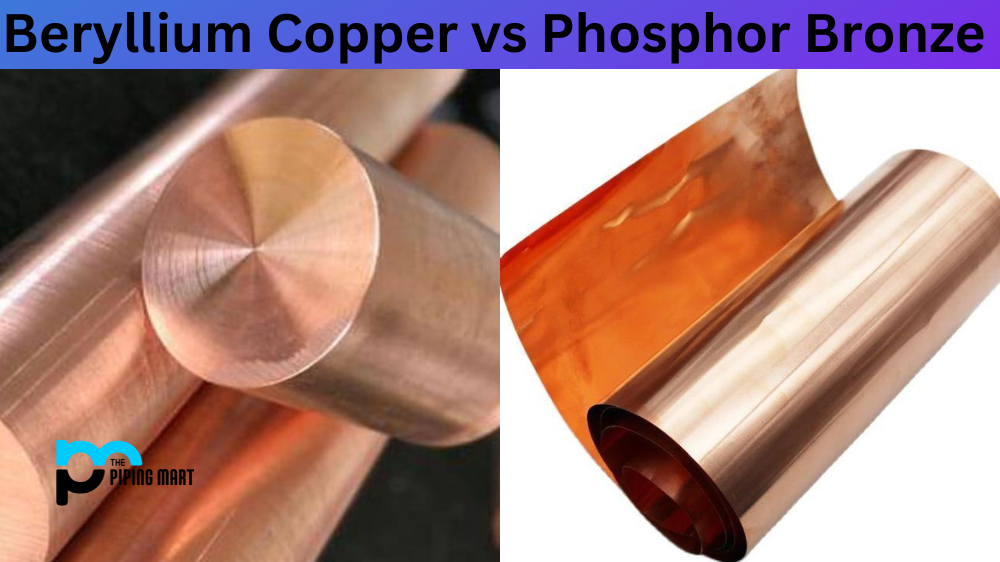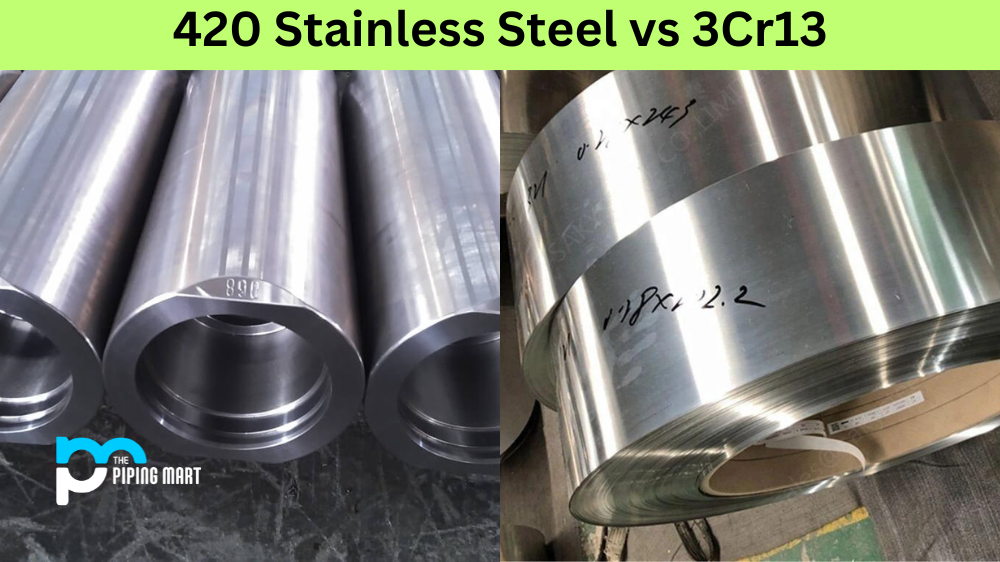Copper is an incredibly versatile metal that has been used in various industries for thousands of years. It is both malleable and ductile, meaning it can be bent and shaped without breaking. It is also highly conductive and has a distinctive lustrous sheen that makes it ideal for decorative applications. But what exactly is copper? Is it a pure substance or an alloy? Let’s take a closer look at the properties of this amazing metal.
Is Copper a Pure Substance?
Copper is an element with atomic number 29 on the periodic table, making it one of the purest substances known to man. As such, copper does not need to be combined with any other elements to form compounds, making it a pure substance. However, copper may corrode or oxidize over time when exposed to certain elements, such as oxygen or sulfur. To prevent this from happening, copper alloys are often used in industrial applications instead of pure copper because they resist corrosion better than pure metals do.
Is Copper an Alloy?
Although copper itself is a pure element, there are many different alloys that contain copper as well as other elements like zinc or tin. These alloys have unique properties that make them useful for specific applications. For example, brass contains up to 45% copper and 55% zinc and is often used for decorations due to its warm golden hue. Bronze contains up to 90% copper and 10% tin and is popularly used for sculptures because it’s more durable than brass or silver.
Copper tensile strength
Copper boasts a tensile strength of around 350 MPa, making it a highly versatile and strong metal often used in architecture, wiring and piping, roofing, and engineering applications. Copper’s alloyed form, brass, is commonly used in decorative architecture or household products such as doorknobs due to its malleability and surface sheen when polished. Even with its lower strength compared to other metals like iron or steel, copper exhibits great durability due to its ability to resist corrosion in most environments. This is why so many buildings that have gone through centuries of weathering still maintain their original copper roofs, an impressive testament to the security of this metal’s tensile strength.
Is Copper Ductile?
Yes! One of the most notable properties of copper is its extreme ductility—it can be stretched out into wires and shapes without breaking or cracking—which makes it ideal for electrical wiring applications in buildings or cars. Its ductility also makes it possible to hammer out thin sheets of metal without damaging them or causing cracks in the material. In addition to being extremely ductile, copper has a high tensile strength, allowing it to withstand heavy loads without breaking apart easily.
Copper ductility
Copper is prized for its ductility, or the ability to be shaped and drawn into thin wires without breaking. This feature has allowed humans to use copper in applications such as electrical wiring, the construction of metal objects and coins, and sculpture. Over time copper’s ability to withstand high temperatures has also been discovered, and now it is used for heat sinks in electronics and for piping hot water for heating applications. Copper has been used by humankind since ancient times, proving its versatile properties have ingrained it deeply into our daily lives whether we realize it or not!
Conclusion
As you can see, there’s much more to know about the amazing properties of copper than meets the eye! This versatile metal can be found in many forms ranging from pure elemental form to alloy forms such as bronze or brass, depending on its intended use case. Whether you’re looking for something strong enough for electrical wirings like copper wires or something decorative like hammered brass objects, there’s no doubt that this unique metal will have you covered! With its impressive ductility, strength, and resilience, this incredible metal will surely enhance any project you take on!

Pipingmart is B2B portal specializes in industrial, metal and piping products. Also, share latest information and news related to products, materials and different types grades to help business dealing in this industry.




